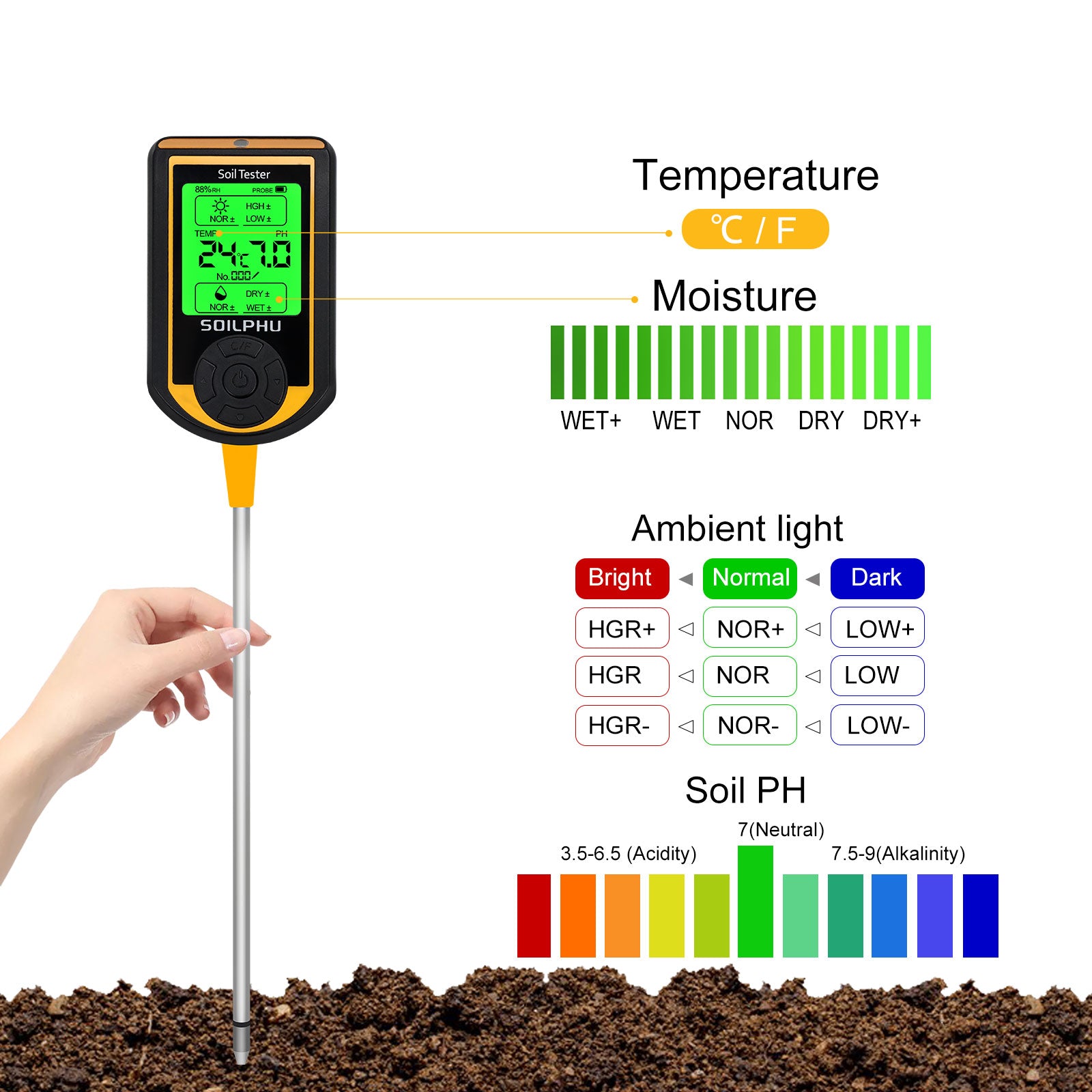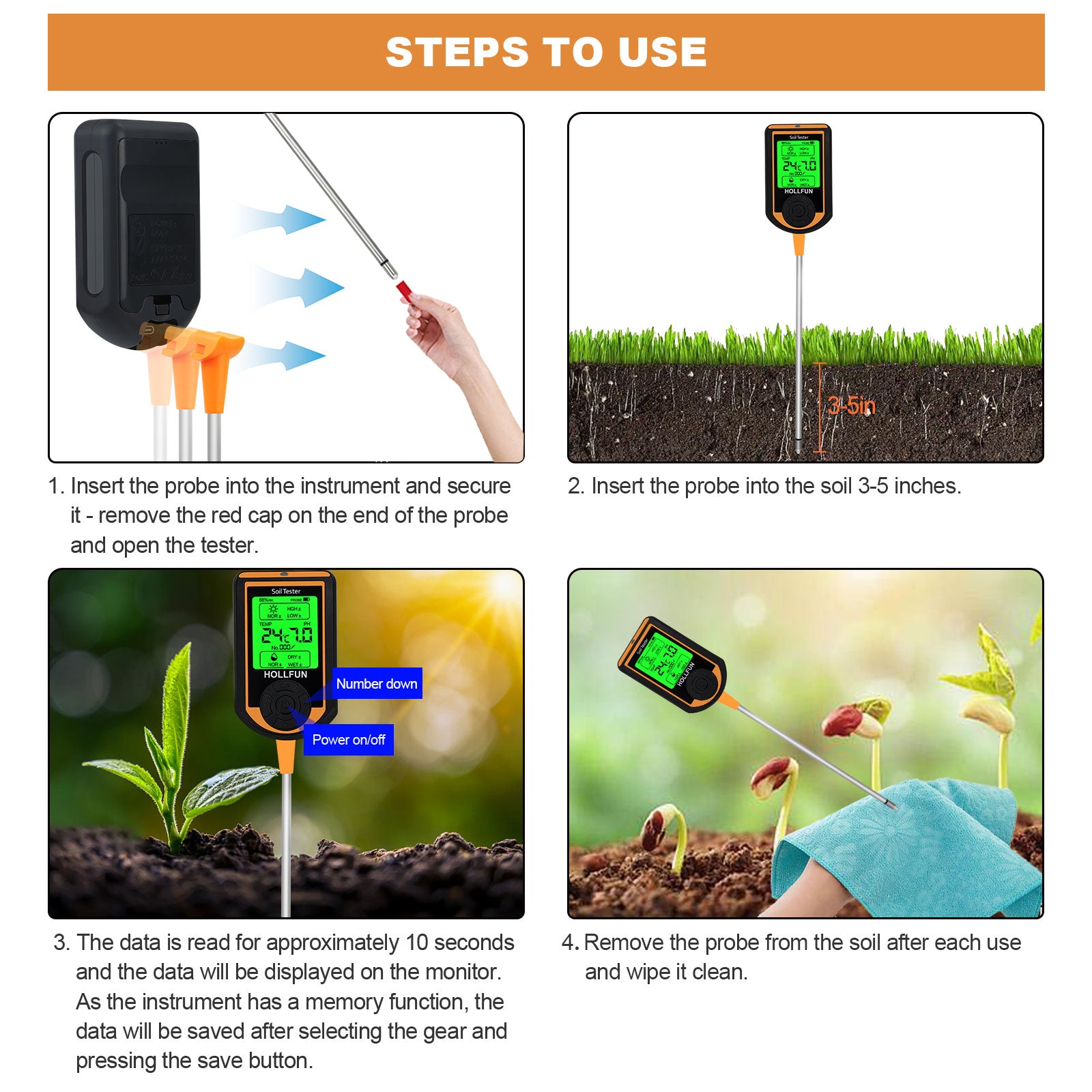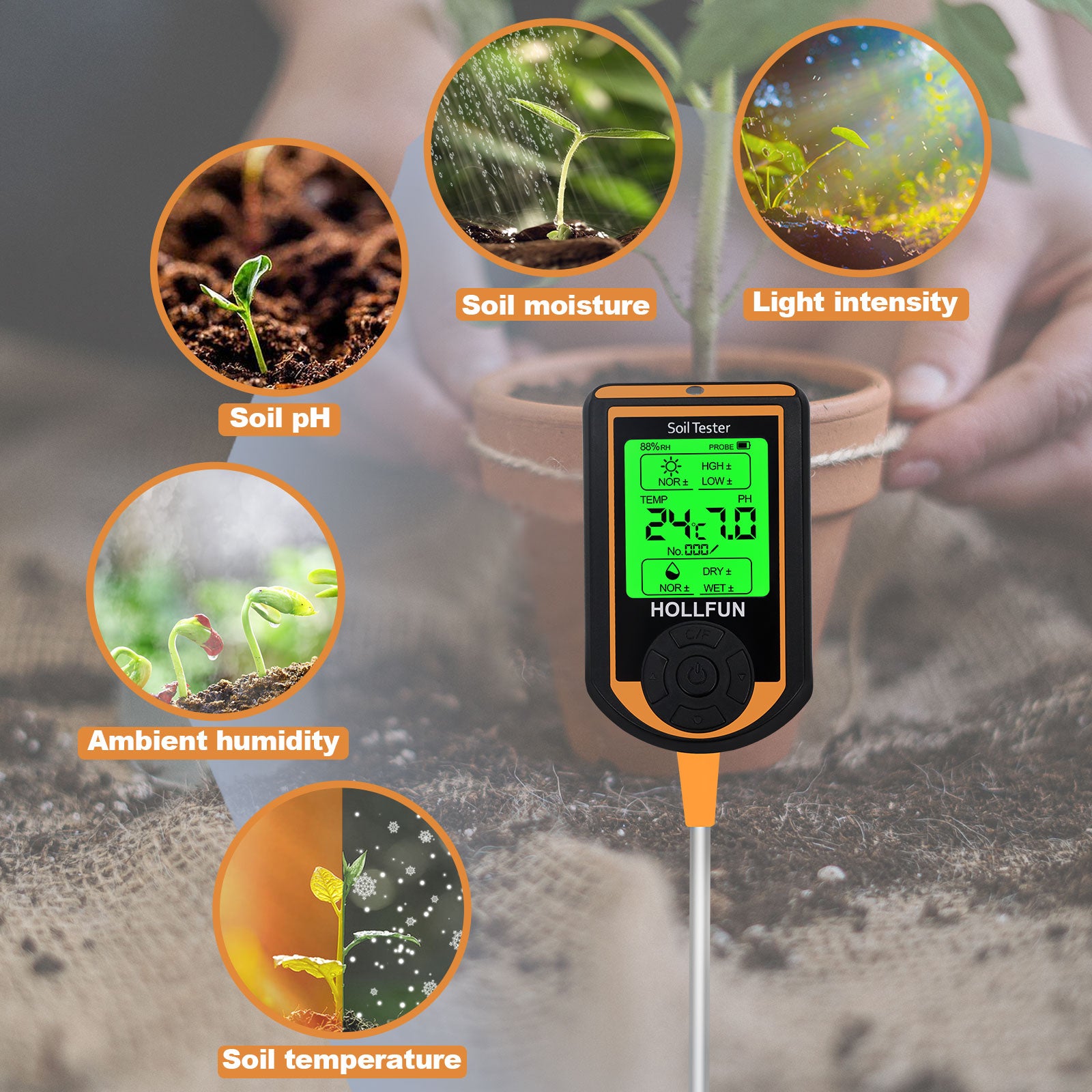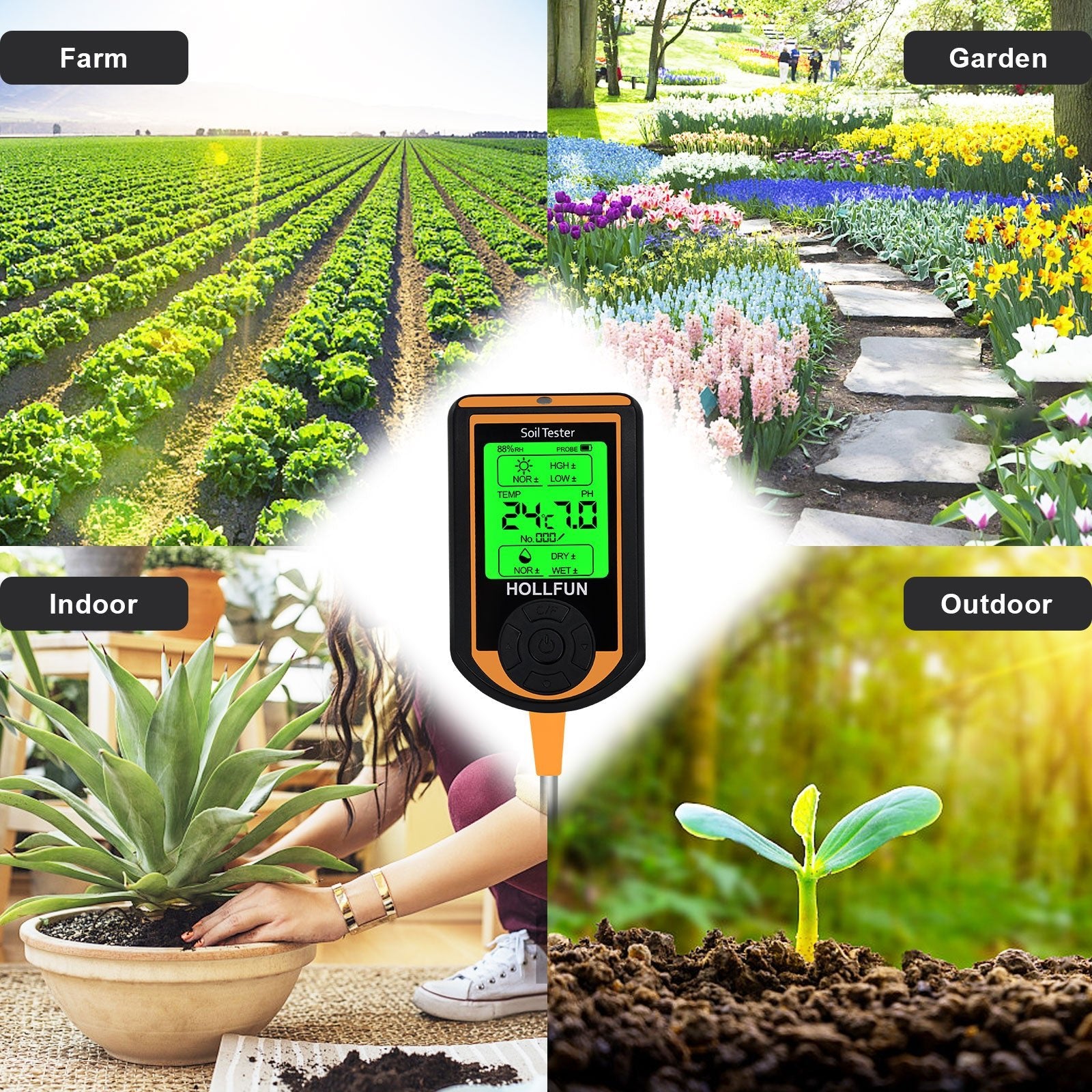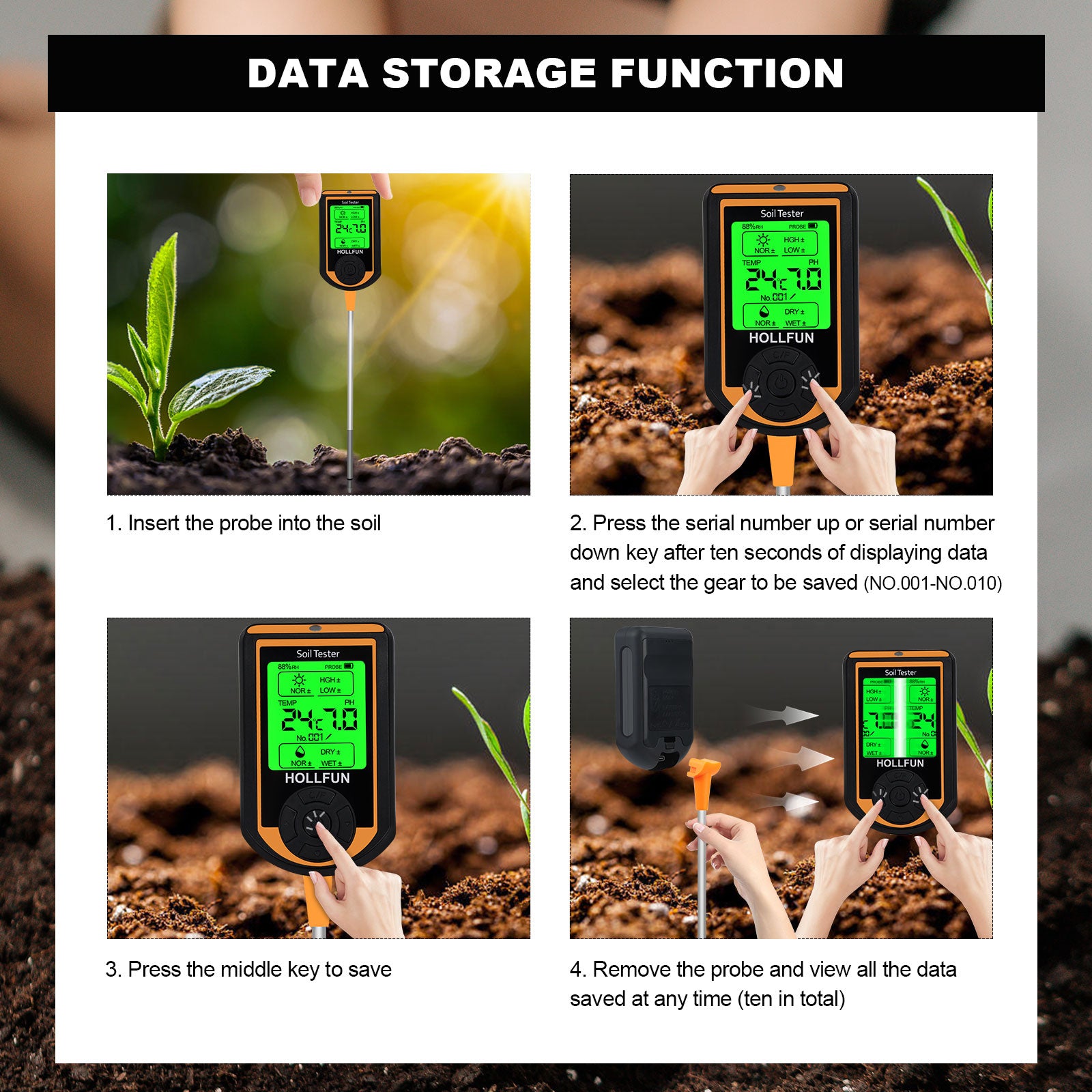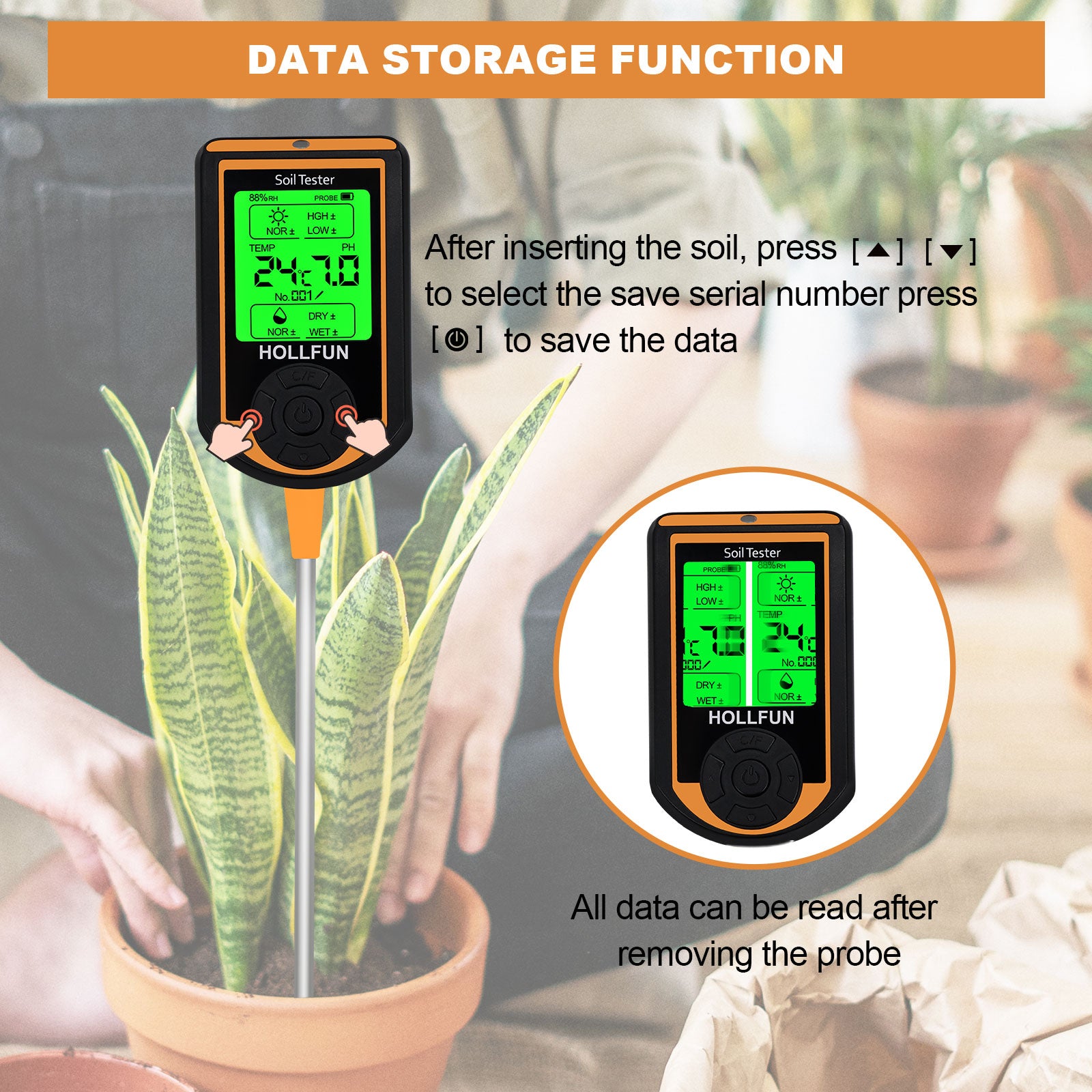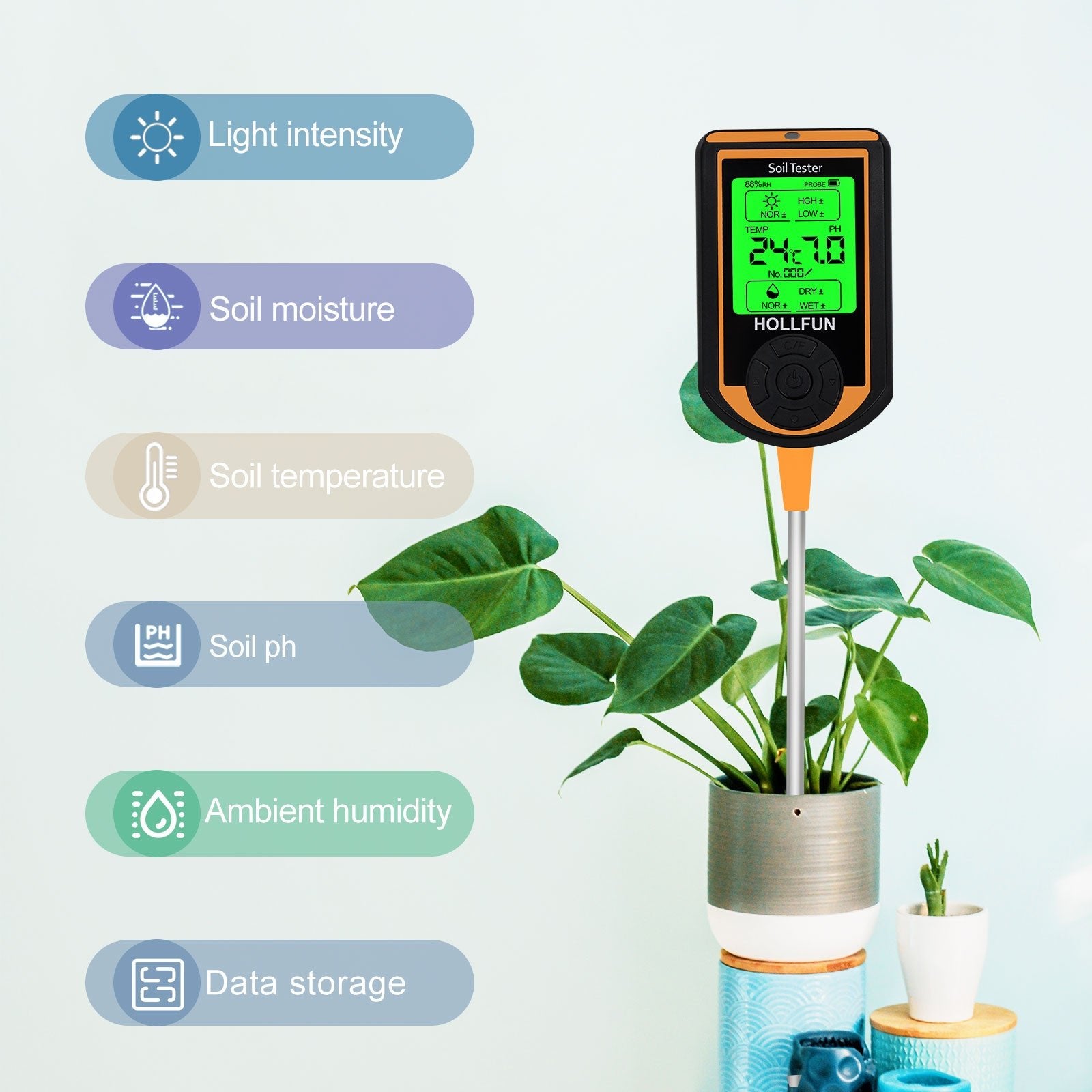Factors influencing the dryness and wetness of potting soil
- Many plant enthusiasts encounter a common problem: after watering, the soil remains wet for a month. It seems like neither watering nor not watering is the right solution, and eventually, the plant faces a grim fate.
- As mentioned earlier, potting soil being too consistently moist hinders root respiration. If the soil is consistently saturated, it will inevitably lead to the roots being unable to breathe, ultimately resulting in the death of the plant.
- This is an extension of water management. While it's okay to water after the soil has dried, the rate of water consumption is also crucial. Next, let's explore 7 factors that influence the dry-wet cycle of potting soil.
Sunlight
- Adequate sunlight →→ Accelerated plant growth metabolism →→ Increased water requirements →→ Plants absorb more water from the soil →→ Potting soil dries out faster.
Ventilation
- Good ventilation →→ Leaves and the surface of potting soil evaporate water quickly →→ Increased water requirements →→ Plants absorb more water from the soil →→ Potting soil dries out faster.
Soil medium
- Potted plant substrates are typically composed of a mixture of various materials. Some substrates retain water, such as peat moss and coconut coir, while others have good drainage, such as perlite and vermiculite. The proportion of substrate components is also an important factor influencing the speed of dry-wet cycles.
Temperature
- Different seasons and temperatures have different impacts on the speed of dry-wet cycles in potting soil.
- Winter: When the temperature is below 5°C or around 5°C, most plants are in a dormant state, and the metabolic rate of the plants is very slow, resulting in minimal water requirements. Additionally, the low temperature slows down the natural evaporation of water from the potting soil surface. Therefore, potting soil dries very slowly in winter.
- Spring: As temperatures gradually rise and the number of leaves increases, both the plant's metabolism and the evaporation of water from the potting soil itself accelerate, leading to a faster drying rate of the potting soil.
- Summer and early autumn: With lush foliage and high temperatures, the water requirement naturally reaches its peak. Plants that may be watered once a week in spring might require watering once a day in summer, or even twice a day in the morning and evening.
- Late autumn: This is an intermediate state between spring and summer. There are still relatively more leaves on the plants, but the temperature is lower, and the evaporation of water from the potting soil is in a moderate state.
Pot
- The pot itself is also an important factor influencing the speed of the dry-wet cycle in potting soil. In terms of material, unglazed clay pots have excellent breathability and water permeability, while plastic pots, glazed ceramic pots, glass pots, and so on, have poor breathability and water permeability. This leads to differences in the speed of the potting soil's dry-wet cycle.
Plant Species
- In addition to the external factors mentioned earlier, plants themselves have varying water requirements, leading to differences in the speed at which potting soil dries. Let's take a few common plant examples:
- Hydrangea: With large leaves and a leathery surface, the wax layer is very thin, resulting in a significant amount of water evaporation.
- Rose: Individual rose leaves are relatively small, and many rose varieties have thicker wax layers on their leaves compared to hydrangeas. Therefore, the water evaporation from a single leaf is somewhat less than that of hydrangeas.
- Succulents: Succulent leaves contain a large amount of water. Despite the higher relative evaporation rate in summer, succulents can go longer without watering due to the ability to utilize the water stored in their leaves. The potting soil for succulents also tends to dry more slowly compared to other plants.
Diseases and Pests
- Many people wonder about the connection between diseases, pests, and water. When your plant experiences a bout of diseases or pests, the overall growth and health of the plant are inevitably affected, leading to a reduction in water absorption from the potting soil. Therefore, for plants that have suffered from diseases or pests, it's advisable to slightly increase the watering interval, carefully assessing whether the soil has dried sufficiently before deciding to water.
Through the introduction of the seven factors influencing potting soil moisture, if you find that after watering, the soil remains wet for a long time, it is necessary to investigate these seven factors to find the cause.
Although these seven factors indirectly affect whether or not to water, they are crucial for water management. Now you know that root rot may not necessarily be caused by excessive watering but could be due to insufficient dry-wet cycles.
Once again, it is recommended to maintain appropriate intervals for the dry-wet cycle. It's advised to control the dry-wet cycle of your potting soil to approximately 4 to 5 days per cycle in spring, about 1 day per cycle in summer, and 2 to 3 days per cycle in autumn.
Conclusion
- The term used in this article, 'watering,' is better described as water management. These seemingly simple words are, in fact, a tool that many people unwittingly use to harm their beloved plants.
- Proper water management involves understanding when and how to water, as well as ensuring that the potting soil undergoes a healthy dry-wet cycle. This is the key to avoiding overwatering and preventing root rot.
- Watering is the most challenging aspect of plant care. I hope that, based on the content of this article, everyone will continue to experiment and not be troubled by watering mistakes.
- Thank you for reading, and I hope this information proves helpful to you.



